First Nations artists celebrated at ANU College of Asia and the Pacific
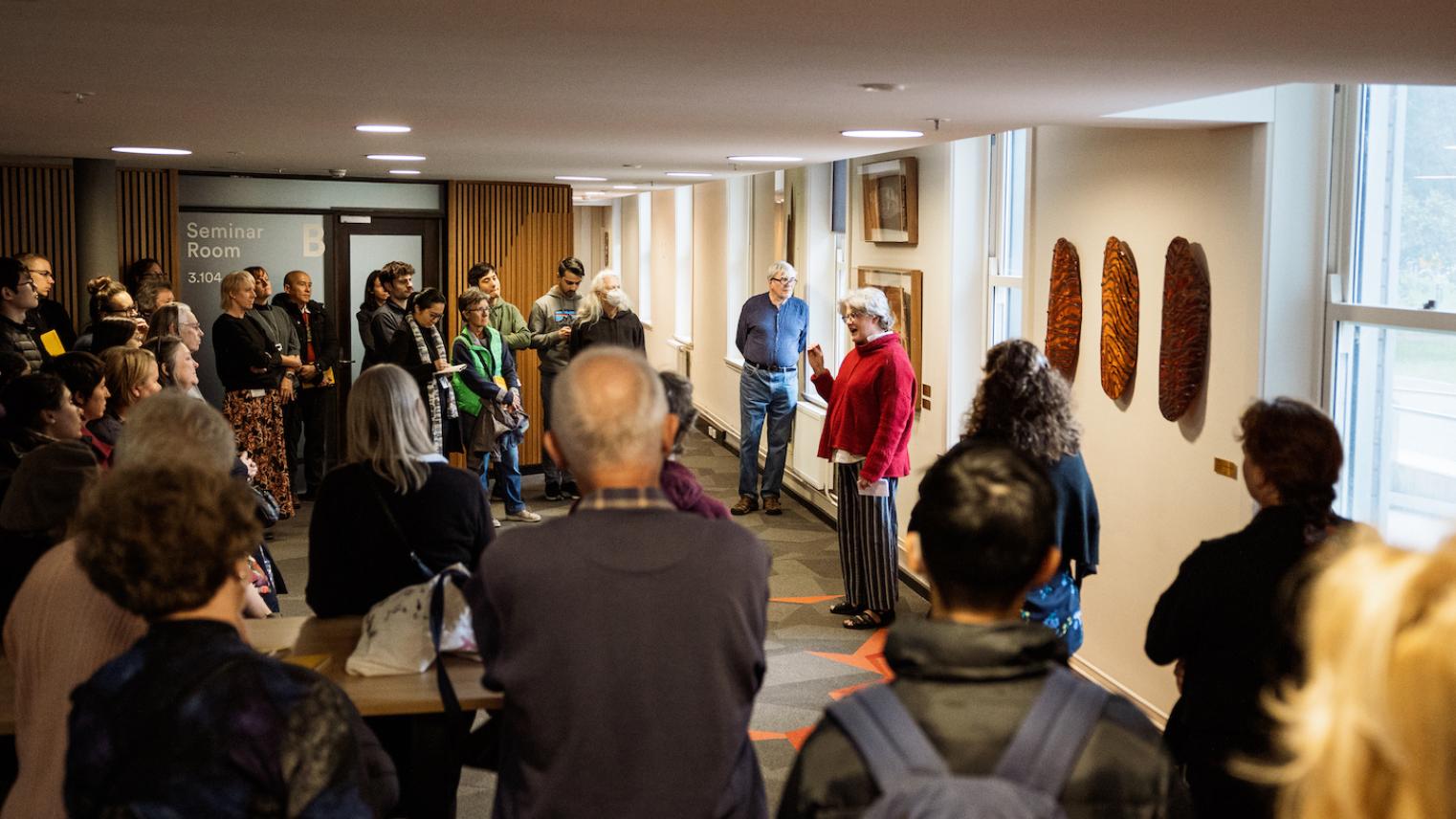
To celebrate National Reconciliation Week, the ANU College of Asia and the Pacific (CAP) opened its doors to members of the public on May 31st to learn about and celebrate Australian First Nations peoples, their histories and cultures.
Around forty people gathered in the HC Coombs Building to listen to College experts discuss the diverse and profound work by Australian First Nations artists on display.
“The importance for the community to learn about Australian First Nations peoples is best explained by the Uluru statement,” said Professor Simon Haberle, Director of the School of Culture, History and Language (CHL) at the College of Asia and the Pacific. “The statement has asked that people do begin to understand and respect what First Nations people have to contribute and teach us about this land.”
Collections such as the art on display in the HC Coombs Building help to provide a connection with these peoples.
“We are lucky to have in CHL an entire range of objects, data and knowledge that is related to the work we have done over many decades working with the community in Australia and Indigenous communities. That is reflected in the artworks and various objects that we have on display,” Haberle said.
National Reconciliation Week is a significant time for all Australians, providing the community with the opportunity to learn about our shared histories, cultures and achievements. Through its guided tour of Australian First Nations art and culture, the ANU College of Asia and the Pacific encouraged attendees to gain a deeper understanding and appreciation of the artistic expressions of these peoples.
“For the earlier years of European colonisation, Indigenous art was made invisible,” said Professor Howard Morphy, an emeritus professor at ANU. “It was not recorded, so it was disregarded.”
“Indigenous Australian art has carried on in direct continuity with the way that it was prior to European colonisation. This art not only stands as an extraordinary contribution to world art, but also serves as a testament of the ongoing engagement and commitment of Indigenous Australians with their culture and land,” Morphy said.
Not only is the collection in the Coombs Building used for learning and teaching, but it fosters important conversations with the community.
“The Australian National University (ANU) has had a long-standing relationship with Indigenous First Nations culture, which has been one of both academic research and of collaborative development,” said Dr Robyn McKenzie, a research fellow at ANU College of Health and Medicine and CASS. “Today’s event contributes to the reconciliation movement because it makes people aware of the cultural achievements of First Nations people in Australia.”
McKenzie further expressed the Coombs Building’s suitability as a venue for these artworks, as it serves as motivation for knowledge expansion and relationship building. By hosting free and accessible events like this, ANU and other institutions contribute to enhancing cultural awareness within the wider community.
“One of the reasons Indigenous Australians are pleased their art is in publicly accessible institutions, is that they are intending their art to be conveying messages to Australia as a whole,” Morphy added. “Universities are particularly important as Indigenous Australian art is passed on from generation to generation. They would see their knowledge appropriately and sensitively incorporated in the knowledge systems that tertiary institutions are.”
“In many ways, we are learning more about how significant some of these paintings are,” Haberle added. “It is our obligation to make that information available to communities and the wider public. A place like ANU should be leading the way in this.”
Photos from the guided tour of Australian First Nations art and culture
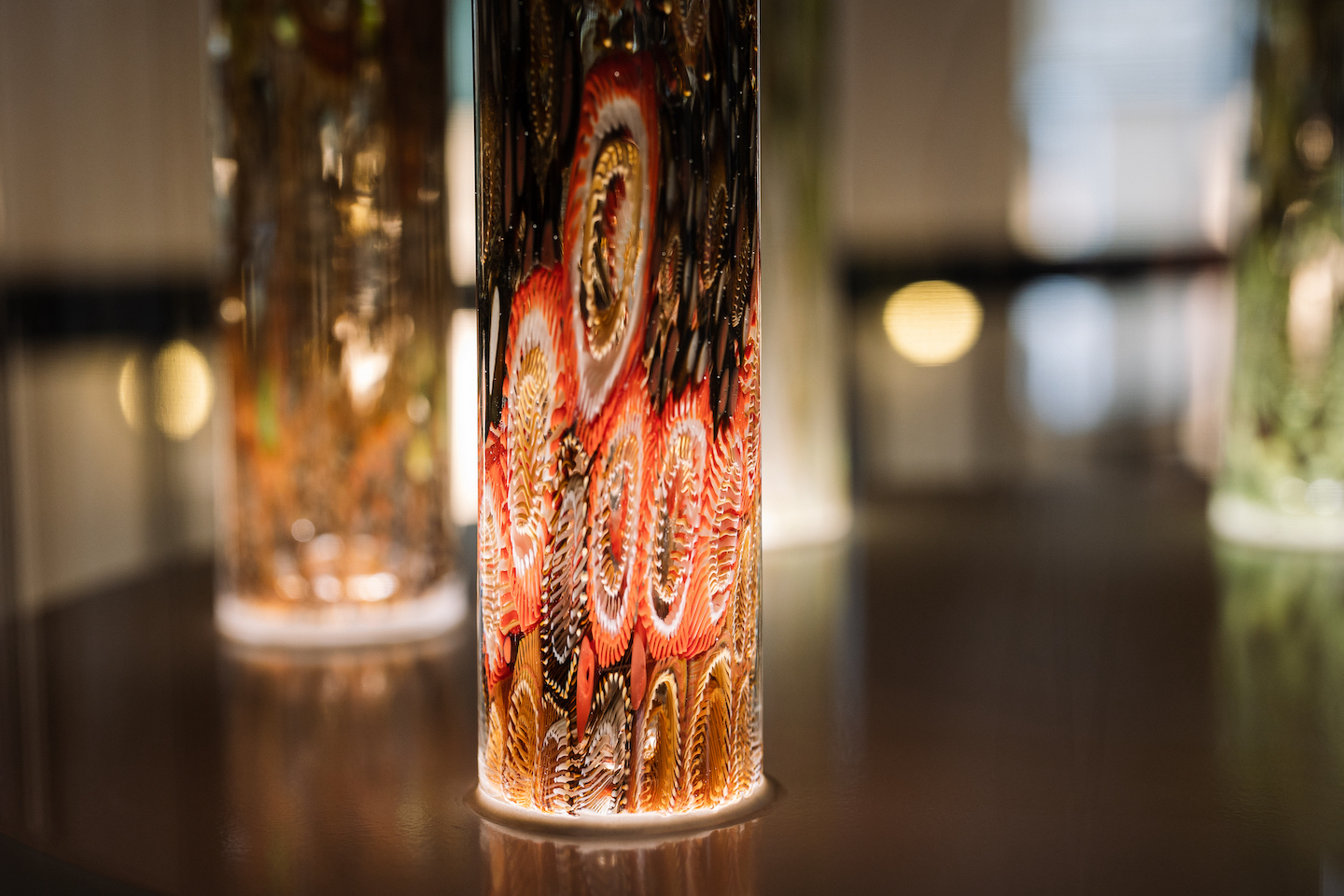
A photograph of the Indigenous artwork installation "Voice Cores #1-6" by Jenni Kemarre Martiniello. The artwork comprises six colourful tall glass cores, lit from the base. Each core represents the shapes and resonances of the First Voices for each of th

Professor Simon Haberle, Director of the School of Culture, History and Language (CHL)
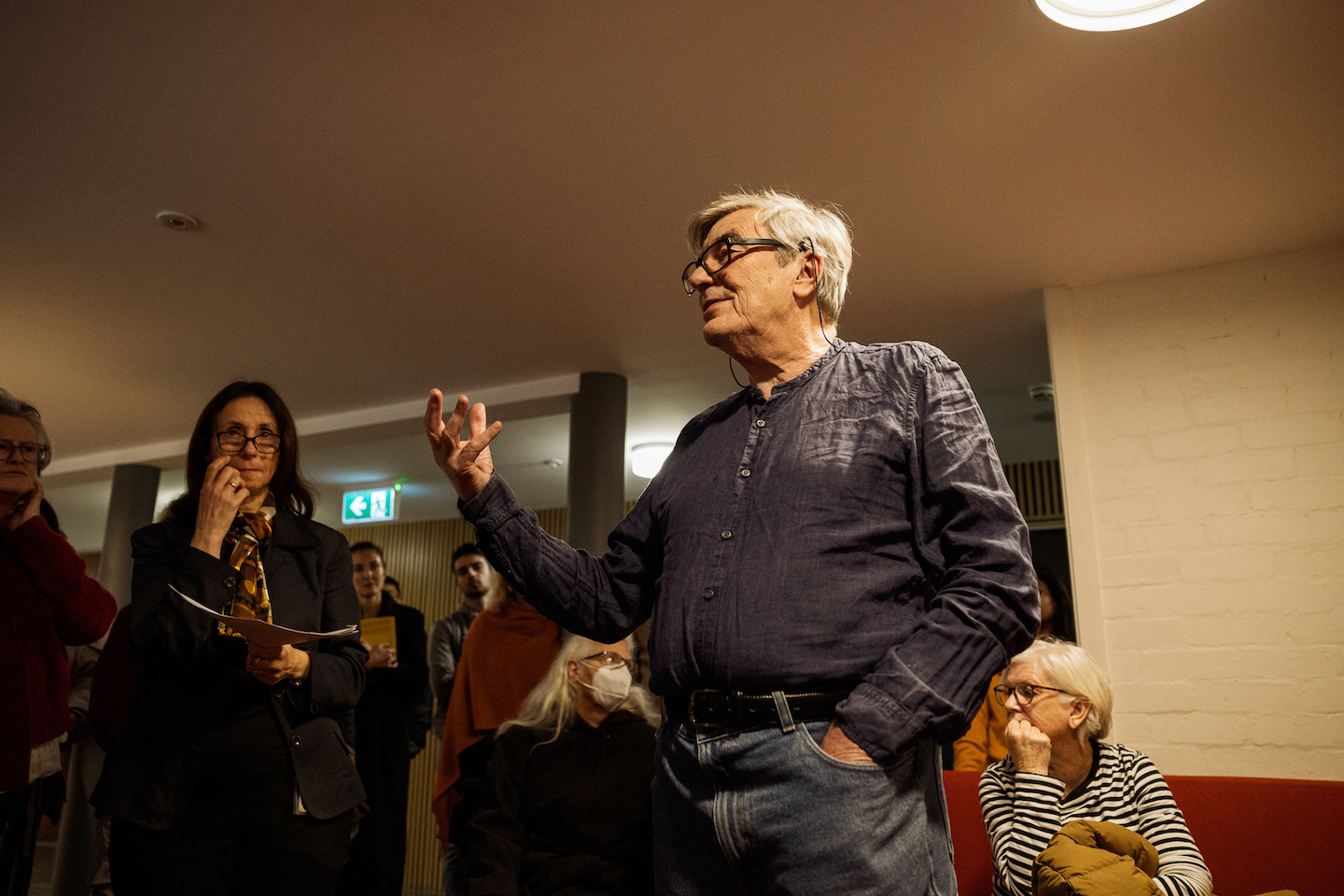
ANU Emeritus Professor Professor Howard Morphy
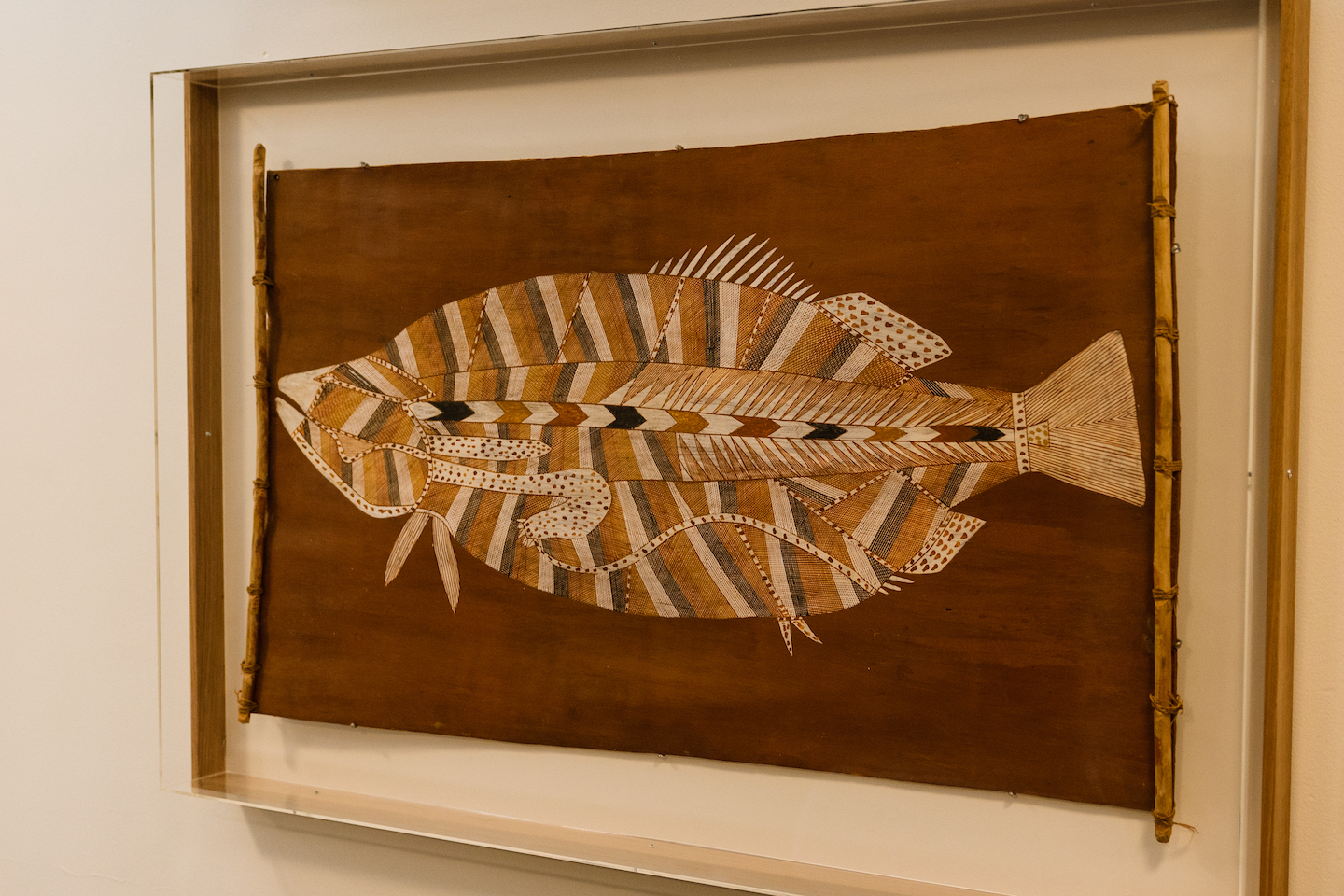
"Barramundi" by Bill Birriyabirriya, born Marrkolidjban, Northern Territory 1945-c.1990s. Language group: Kunwinjku, Kardban clan. Maningrida, 1982, natural pigments on eucalyptus bark. Gift of Betty Meehan (1933-), 1982.
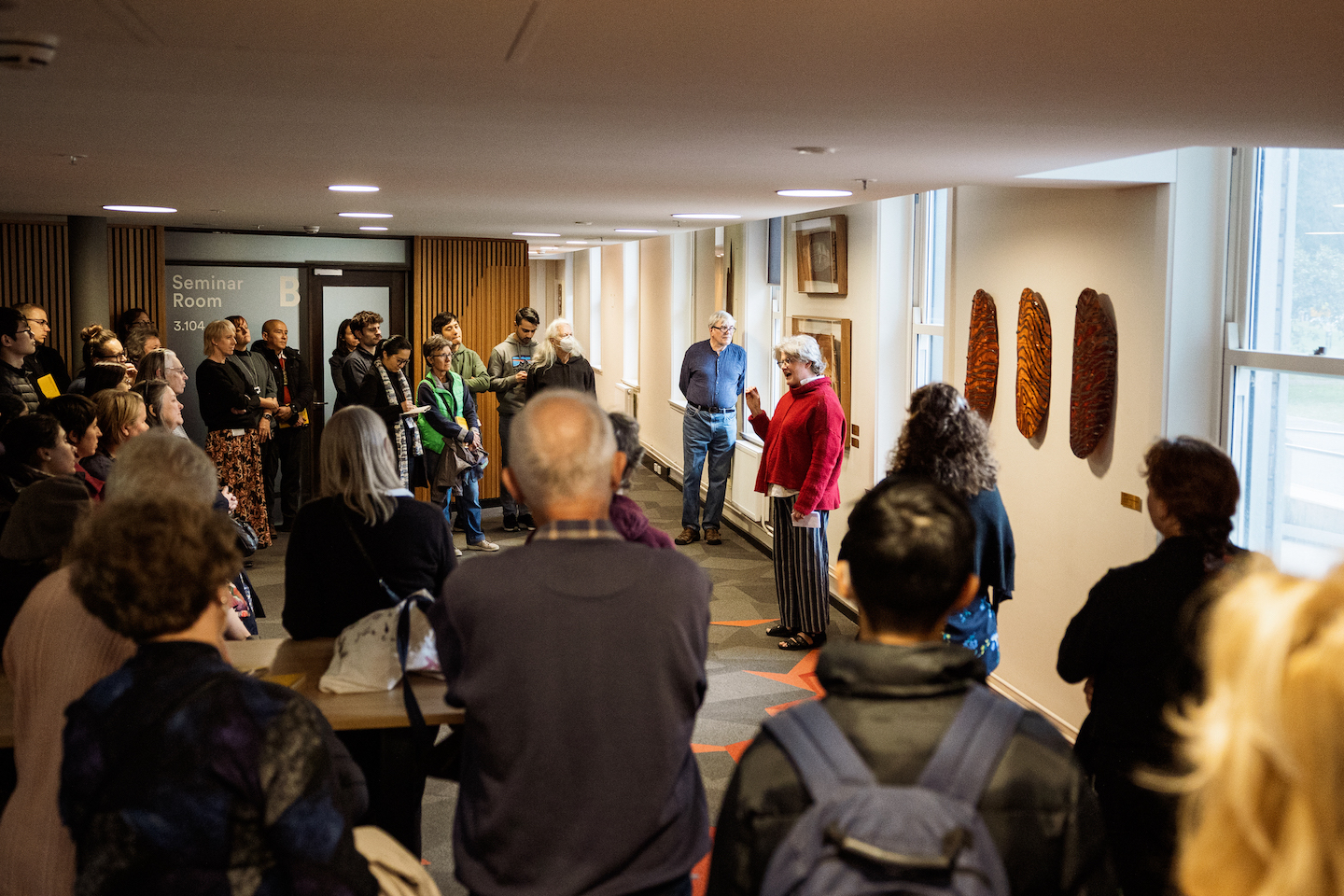
Dr Robyn McKenzie, a research fellow at ANU College of Health and Medicine and ANU College of Arts and Social Sciences
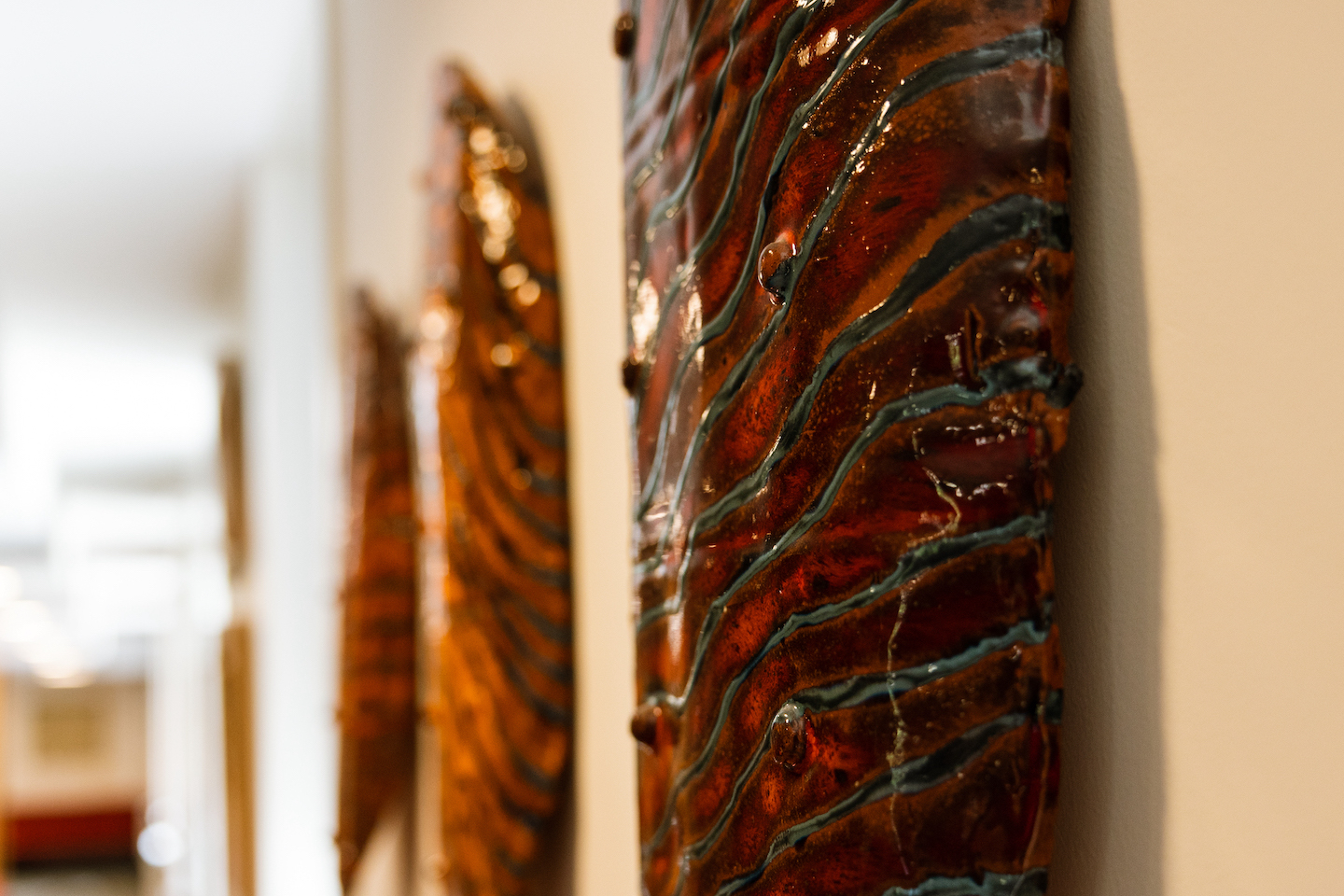
"A new geography (of dreams the heart which cast its own)", 2005, by Danie Mellor, born Mackay Queensland 1971. Press moulded terracotta. Gift of the artist 2008.
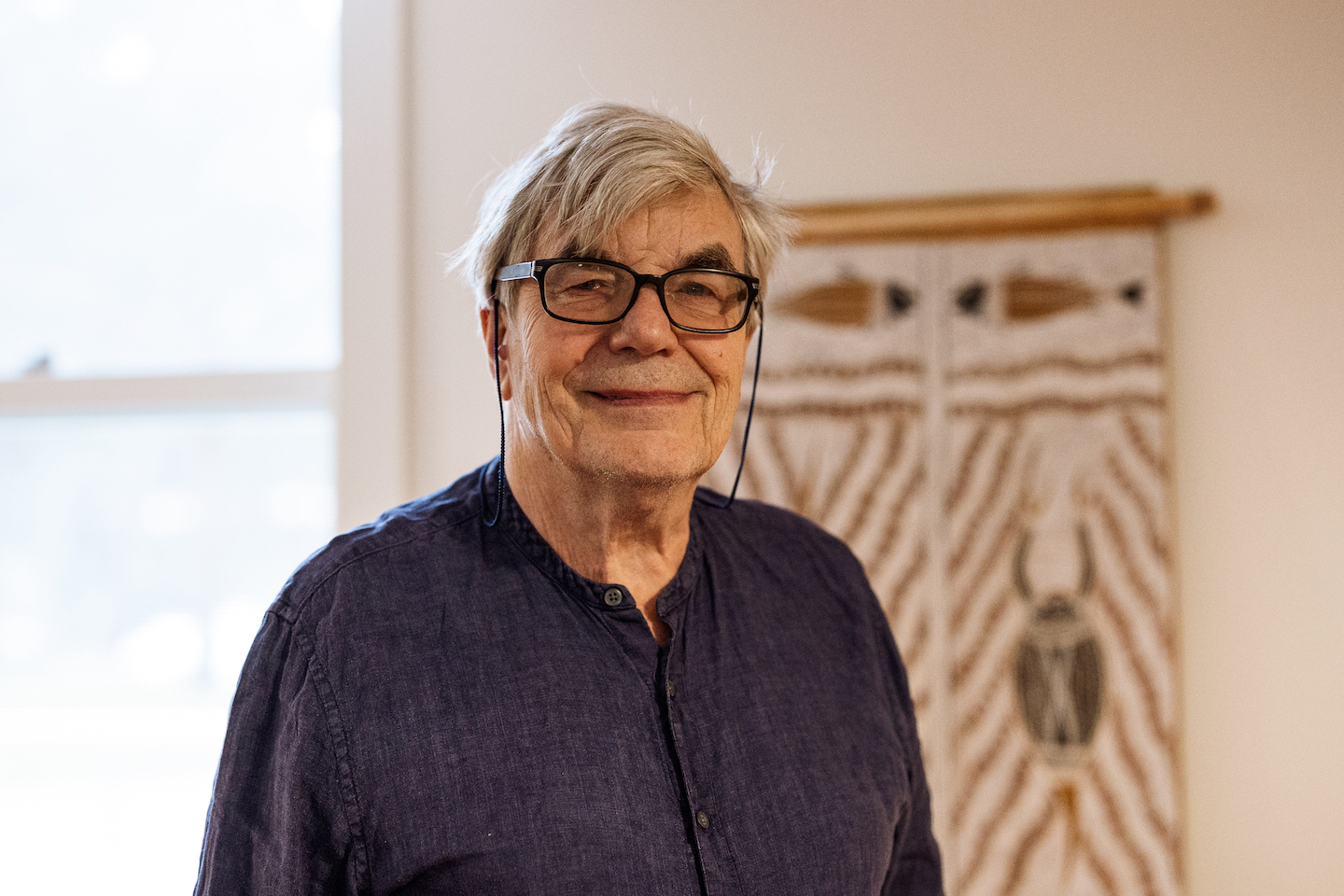
ANU Emeritus Professor Professor Howard Morphy

Dr Robyn McKenzie, a research fellow at ANU College of Health and Medicine and ANU College of Arts and Social Sciences
